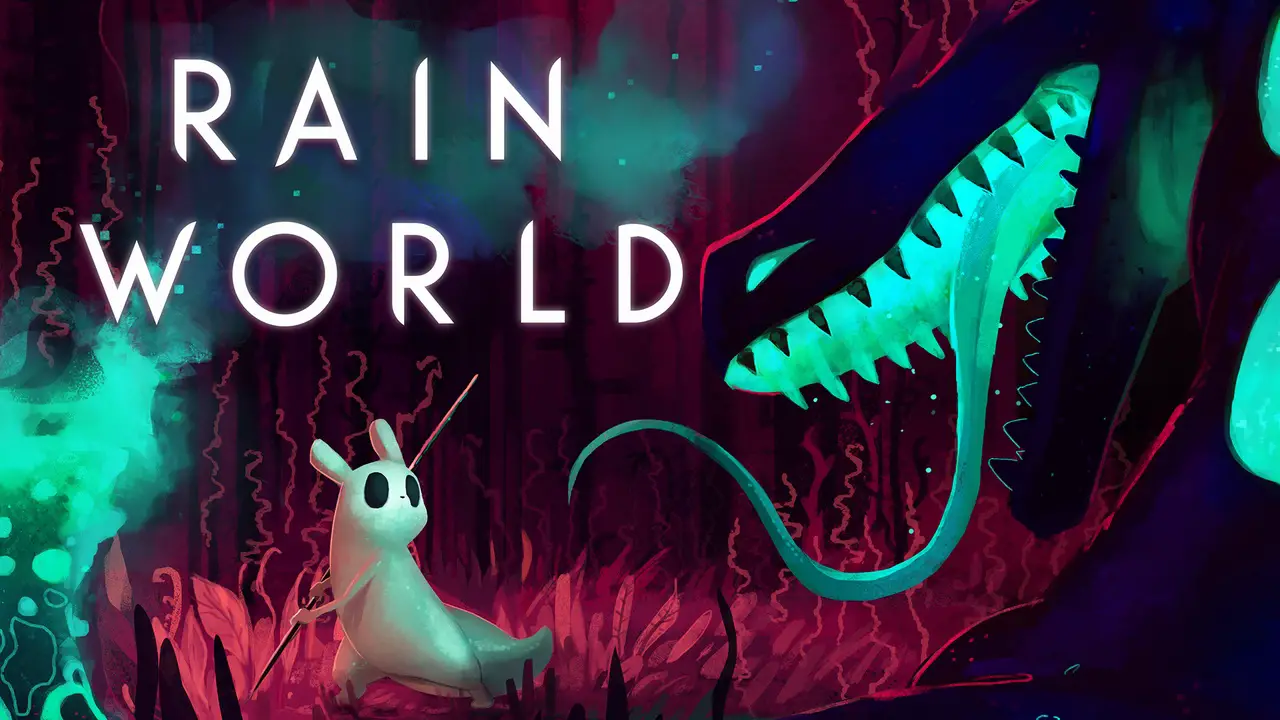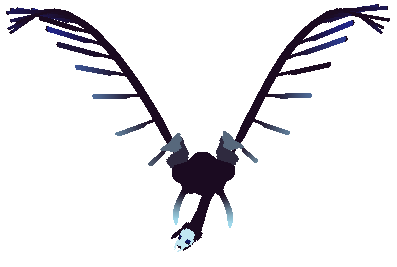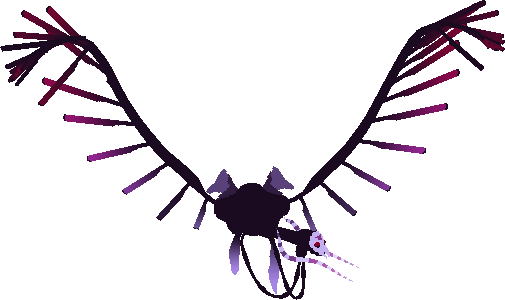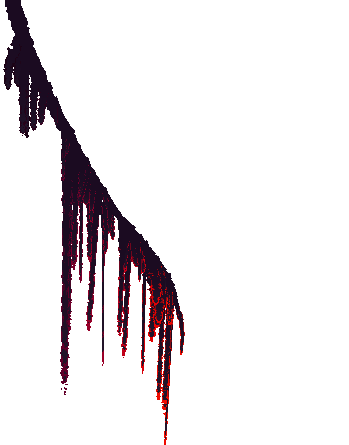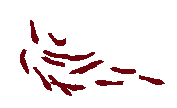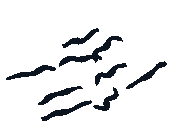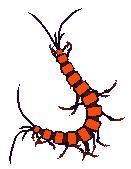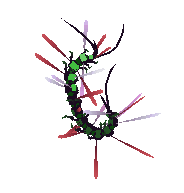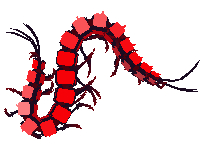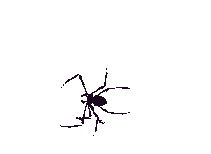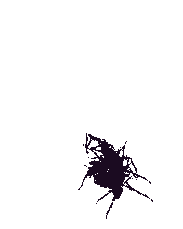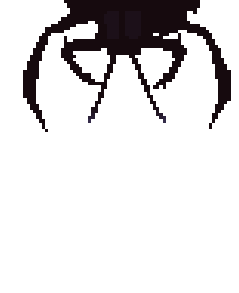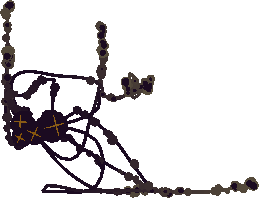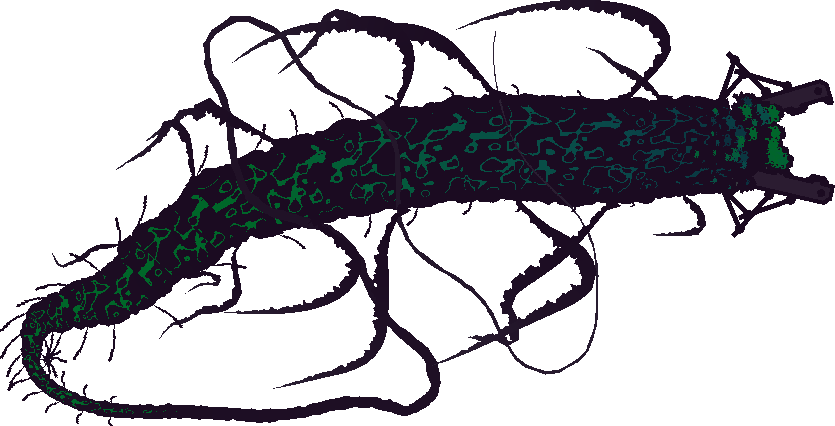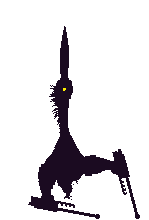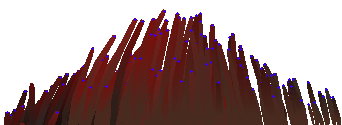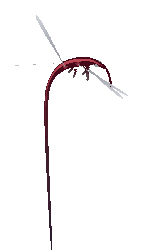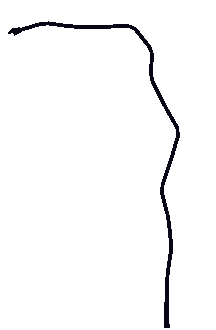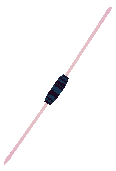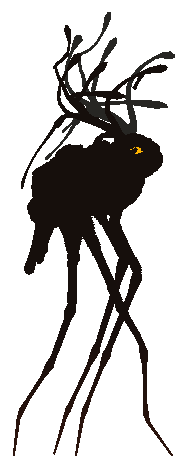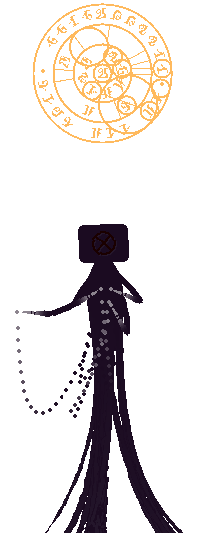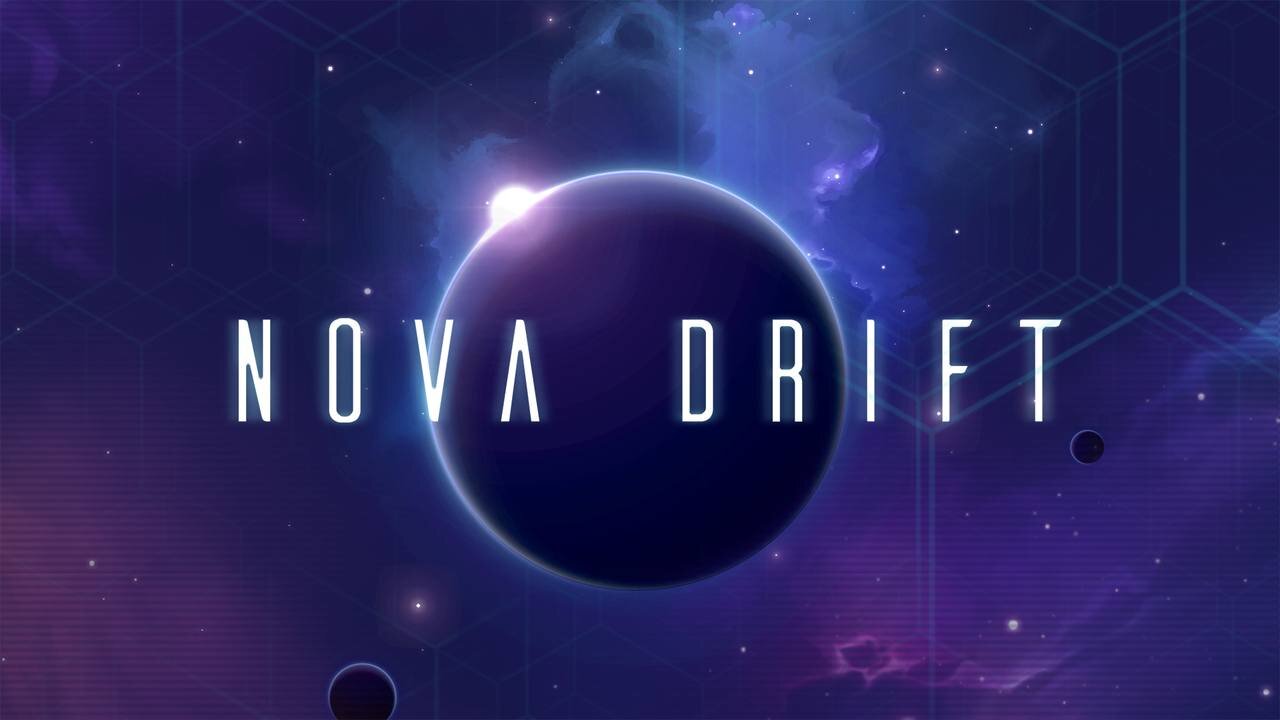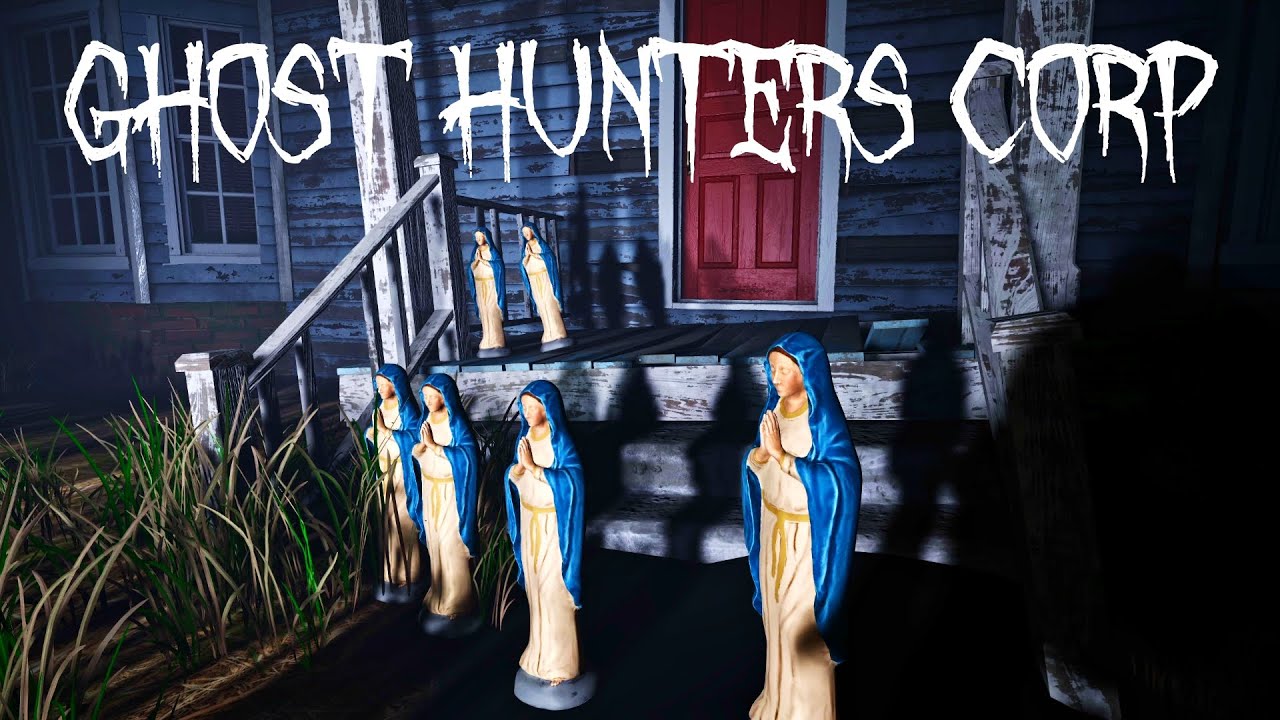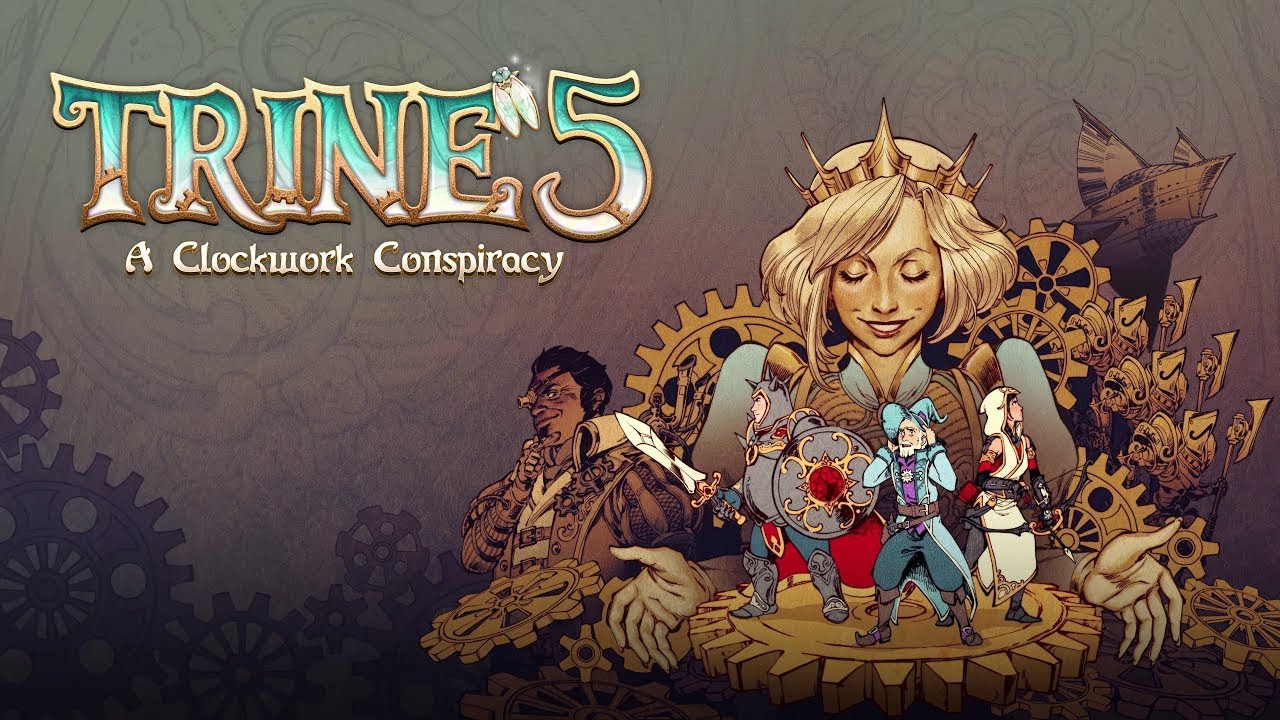This guide introduces all the creatures in “Rain World”, their habits, habitats and everything else.
Green Lizard
Green Lizards are one of the species of Lizard. They are one of the first Lizards the player may encounter, and the species spans many regions. Characterized by their lack of mobility and bigger size in comparison to other Lizards, they are hefty, durable, strong, and slow.
Green Lizards have a 50% or 1/2 bite lethality rate.
Pink Lizard
Pink Lizards (also referred to as Magenta or Purple Lizards) are one of the species of Lizard. They are one of the first Lizards the player may see in the game, and likely the first variety encountered that can climb poles. They are found mostly throughout the early-game but make a few rare appearances in later areas.
Pink Lizards have a 33.3% or 1/3 bite lethality rate.
Blue Lizard
Blue Lizards are a small species of Lizard, capable of climbing on walls and using their tongues to grab on to prey. They appear predominantly in the early-game, with some rare appearances in the mid- and late-game. They are the weakest Lizards and are preyed upon by some other Lizard species.
Blue Lizards have a 20.0% or 1/5 bite lethality rate.
White Lizard
White Lizards, also known as Camo Lizards or Chameleons, are a species of Lizard that predominantly appears throughout many early to mid-game areas. They are ambush predators that blend in with their environment using their unique ability to change color. They are capable of climbing walls and have incredibly long tongues used to catch prey.
White Lizards have a 28.6% or 2/7 bite lethality rate.
Salamander
Salamanders, also known as Axolotls, are amphibious Lizard-like creatures. They are capable of swimming underwater, unlike their terrestrial cousins who can only float on the surface.
Salamanders have a 33.3% or 1/3 bite lethality rate.
Black Lizard
Black Lizards, also known as Mole Lizards, are a blind species of Lizard usually found in dark environments. As they cannot see, they rely on their keen sense of hearing to navigate and hunt down their prey. They are one of the rarest Lizards, only appearing in 3 regions.
Black Lizards have a 35.7% or 5/14 bite lethality rate.
Yellow Lizard
Yellow Lizards, also referred to as Orange Lizards, are a social species of Lizard. Characterized by their long antennae and ability to coordinate and hunt in packs of 2-5, they are a common mid to end-game threat.
Yellow Lizards have a 25.0% or 1/4 bite lethality rate.
Cyan Lizard
Cyan Lizards, also known as Leapzards or Leap-Lizards, are an agile and aggressive species of Lizard. They are the most mobile Lizards, able to climb across walls and terrain while also being capable of launching themselves at high speeds.
Cyan Lizards have a 33.3% or 1/3 bite lethality rate.
Red Lizard
Red Lizards are the largest, most aggressive, and deadliest species of Lizard that can be encountered in-game. Red lizards are capable of shooting balls of sticky saliva over long distances, slowing, confusing and sometimes even stunning their targets. Spitting does not cause damage, but can seriously complicate escape. Capable of knocking objects out of a slugcat’s hands. He can also use a tongue long enough to snatch and break a spear right out of his hands. The tongue is not used to capture the slugcat itself.
Red Lizards have a 100% or 1/1 bite lethality rate.
Vulture
Vultures are large aerial predators, capable of diving into any room with an open ceiling. Characterized by their skull-like masks and large wings that expel pink gas, they present a persistent threat, appearing throughout many regions.
King Vulture
King Vultures are a more aggressive and dangerous variant of Vulture, characterized by their ability to fire harpoons at prey from afar.
Pole Plant
Pole Plants are ambush predators that disguise themselves as poles in an attempt to lure creatures into grabbing them.
Monster Kelp
Monster Kelp are stationary predators often found in or around bodies of water, which hunt by dragging unsuspecting prey into their den.
Leeches
Leeches are small, hostile, aquatic creatures that appear in swarms in certain bodies of water. They hunt by latching onto vulnerable creatures, dragging them under the water and potentially drowning them.
Blue Leeches
Sea leeches are heavier, faster and more resistant to drying out than ordinary leeches. In order to immobilize and drag a slugcat to the bottom, the efforts of a whole flock of ordinary leeches or just three or four sea leeches are required.
Centipedes
Centipedes are long, segmented myriapods based loosely on their real-world counterparts. Their behavior varies with their size, ranging from passive prey to dangerous predator. The larger the centipede, the more dangerous it is. While large centipede can kill a slugcat, small ones can only stun him.
Centiwing
Centiwings are a flying Centipede variant found primarily in Sky Islands. They are characterized by their green color, ability to fly, and somewhat skittish behavior.
Red Centipede
Red Centipedes are a variant of Centipede characterized by their large size and bright red coloration. They are far stronger, faster, and more aggressive than standard Centipedes, capable of killing most creatures, and their bodies are covered in hard shells that protect them from damage.
Spider
Alone, spiders are helpless and cowardly. When away from their fellow creatures, they avoid any creatures they encounter. They are extremely weak and die even from being hit by a thrown stone.
Coalescipede
Coalescipede is a group of spiders that are connected to each other, forming a swarm that resembles a giant centipede. Single individuals pose no danger, but a large flock of spiders can quickly immobilize and kill a slugcat.
Big Spider
Big Spiders, alternatively known as Wolf Spiders by the community, are large, spider-like creatures with many legs, retractable fangs, and spiny protrusions on their backs. They are both predator and prey, hunting things smaller than them and being hunted by bigger predators.
Spitter Spider
Spitter Spiders are a large, red variant of Big Spiders. They are large, spider-like creatures with many legs, retractable fangs, and spiny protrusions on their backs. Like their cousins, they are both predator and prey, though their ability to spit paralyzing darts from a distance makes them capable of hunting larger and more dangerous creatures.
Dropwig
Dropwigs are fast-moving, insectoid ambush predators. While fragile, they are skilled at hiding in plain sight and quickly taking down their prey.
Brother Long Legs
The Brother Long Legs, is an early-game threat found mostly in Garbage Wastes, predominantly roaming the bottom-most areas of the region and guarding a wealth of Pearls. They have a huge health pool and are difficult to dispatch but have very few senses. They provide a challenge for those who wish to pass through the bottom of Garbage Wastes or those who wish to ally with Scavengers.
Daddy Long Legs
The Daddy Long Legs, is a significant mid-game threat taking the form of a large, blind, spider-like creature with long tentacles and acute hearing.
Leviathan
Leviathans are massive aquatic predators found in large bodies of water. They are the largest predators in the game, capable of hunting and eating any other creatures in the water.
Miros Bird
Miros Birds, also known as Scissor Birds, are fast, dangerous creatures inhabiting open and dimly lit spaces. They are deaf but have extremely acute night vision, allowing them to spot prey at great distances.
Worm Grass
Worm Grass is a stationary predator. It cannot be harmed or killed and must be avoided if the player wishes to get past it. When any creature other than the Green Lizard approaches, the grass tries to grab it with several stems. Once a creature is captured and killed, it will begin to be digested. Massive creatures can easily escape from the grip of living grass.
Squidcada
Squidcadas are neutral, flying, insectoid creatures that are often found in large groups around many of the regions in Rain World. They cannot directly harm, but they are capable of ramming the enemy, trying to tear them from a height.
Adult Noodlefly
Adult Noodleflies are neutral creatures, often seen flying around with multiple Infant Noodleflies hanging onto them. If an Adult Noodlefly perceives another creature as a threat to them or their offspring, they become aggressive and begin hunting down the offending creature.
Garbage Worm
Garbage Worms are stretchy, worm-like creatures, implanted into either partially submerged spaces or terrain. They serve as an annoyance, stealing Spears from unlucky Slugcats and Scavengers.
Snail
Snails are small, shelled creatures, most often found slowly waddling around watery regions. They are capable of emitting a loud ‘pop’ that stuns nearby creatures.
Scavenger
Scavengers, often abbreviated as Scavs, are tribal creatures that are one of the most widespread species in Rain World. They are capable of wielding Spears, Rocks, Grenades, Explosive Spears, and other items in a manner similar to Slugcat. They are the most intelligent and social creatures in the game.
Lantern Mouse
Lantern Mice are passive, fearful creatures. Their natural bioluminescence may be exploited to navigate dark areas.
Jetfish
Jetfish are neutral, aquatic creatures that propel themselves through the water at high speeds. They can be held and used as a fast mode of transportation through bodies of water.
Grappling Worm
Grappling Worms (also known as Grapple Worms and Tube Worms) are small, tubular creatures. They serve as a utility, allowing Slugcat to navigate through the many platforming challenges.
Rain Deer
Rain Deer are tall, passive creatures found exclusively within Farm Arrays. They serve as the primary method of crossing the large fields of Worm Grass found throughout the region. In order to climb onto a deer you need to cling to its antlers.
Overseer
Overseers are thin, hologram-like beings that pop out of the terrain rapidly and observe creatures in the world around them. One in particular has taken an interest in Slugcat’s journey.
Batfly
Batflies are passive, flying, insectoid cretures that act as one of Slugcat’s primary food sources. They are one of the most common creatures in the game, appearing in almost every region.
Eggbug
The Eggbug is a skittish, passive creature that is agile and provides a great amount of food when killed.
Baby Noodlefly
Bats are passive flying creatures that serve and can be eaten by the slugcat. When captured by a slugcat, or any other creature, young noodleflies emit a squeak that can summon a parent. Adult noodle flies chase any creatures that have harmed their young and attack by charging into the target with their needle pointed forward.
Baby Сentipede
TheBaby Сentipede is the most harmless of all subspecies of centipedes. Unable to kill the slugcat, they attack only to escape the grip and avoid being eaten.
Vulture Grub
Vulture Grubs are small, worm-like creatures usually found in tunnels and caves close to the surface. They can be eaten when dead, or used to summon Vultures.
Hazer
Hazers are small, squid-like creatures often found lying on the ground near bodies of water. They can be thrown to create a smokescreen, or killed and eaten.
Jellyfish
Jellyfish are white, saucer-shaped organisms with long, thin tentacles found floating at the water’s surface. They shock creatures that touch their tentacles. This effect is non-lethal, but can stun the vast majority of creatures. They are also edible.
Neuron Fly
Neuron Flies are small, edible objects. They have two thin tails connected to an oblong body with a white center. They shift colors randomly through red, white, blue, or purple. Neuron Flies grant Slugcat the ability to glow for the rest of the campaign, providing visibility in dark regions.
Guardian
Guardians are large, mysterious Creatures. Their main purpose is preventing the player from finishing the game if Maximum Karma maximum Karma has not yet been attained.
